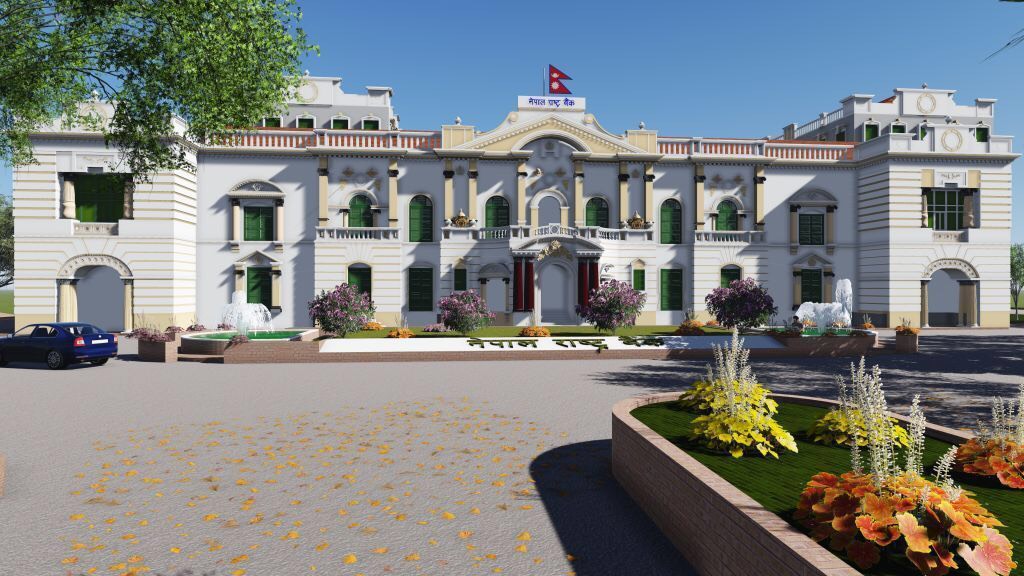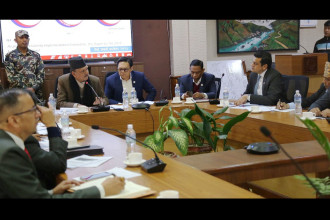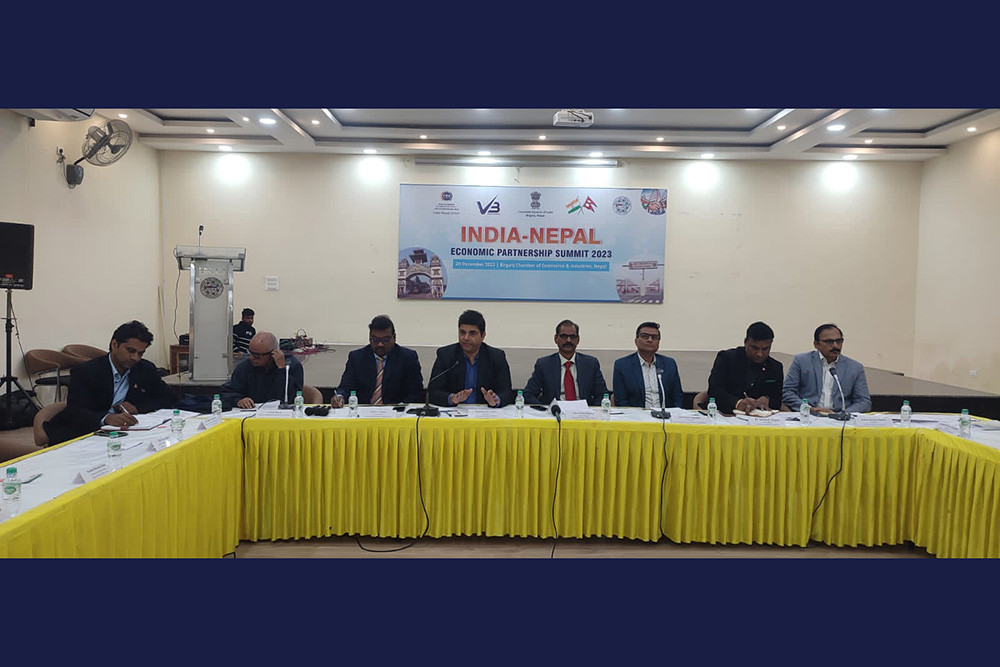
- Access, resource mobilisation of class 'A', 'B' and 'C' BFIs more concentrated in Bagmati
- Compared to Bagmati, mobilisation of resources gradually expanding in other provinces
Published Date: November 3, 2021, 12:00 am
Post Comment
E-Magazine
RELATED B360 National





